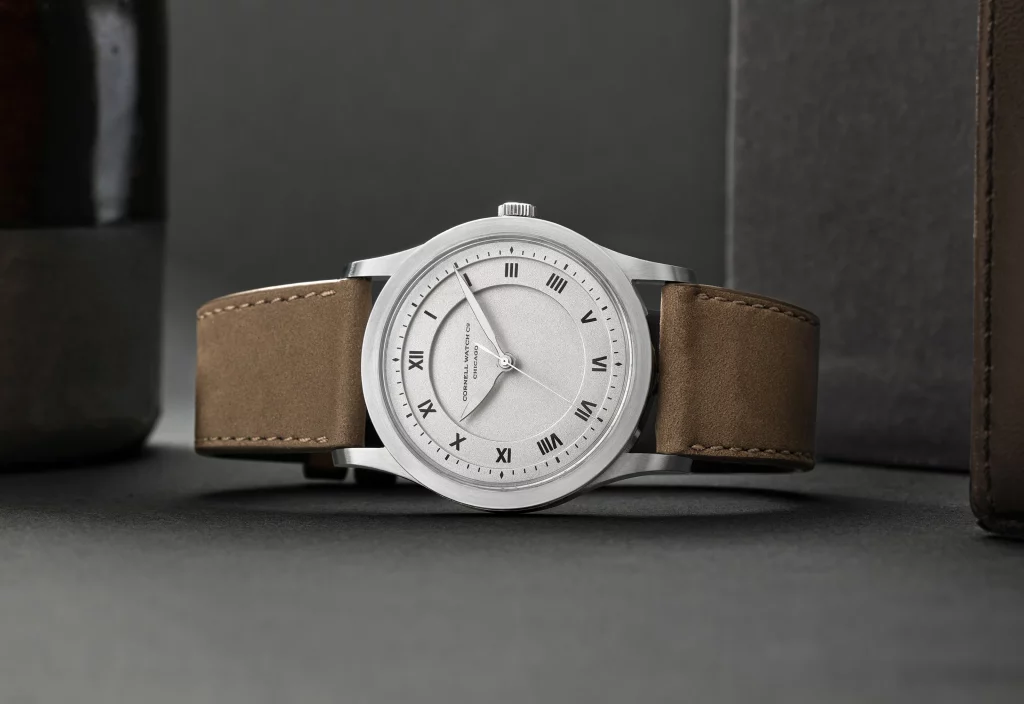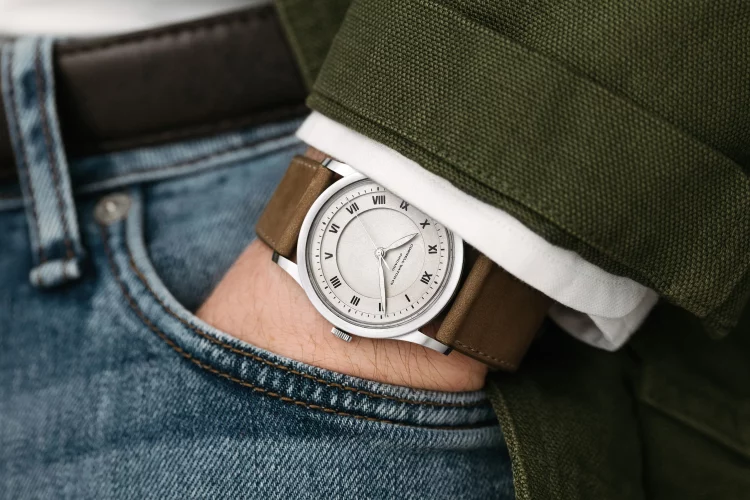The Swiss watch industry has long been synonymous with luxury, craftsmanship, and precision. “Swiss Made” remains one of the most revered labels in the horological world, symbolizing generations of artisanal skill and rigorous standards. Yet, beneath this glittering reputation, whispers have begun to surface: Are Swiss watchmakers quietly turning to Chinese manufacturing to keep pace with global demand and cost pressures? This article delves deep into the reality behind “Swiss Made” loopholes, emerging component sourcing trends, and practical ways for consumers and collectors to identify genuinely domestic-made Swiss movements.
Investigation Into “Swiss Made” Loopholes
The “Swiss Made” label, legally protected by Swiss law since 2017, is designed to ensure that a timepiece retains a significant portion of its value and manufacturing within Switzerland. According to current regulations, a watch can be labeled “Swiss Made” if:
- Its movement is Swiss,
- The movement is cased up in Switzerland,
- The manufacturer carries out the final inspection in Switzerland,
- At least 60% of the manufacturing costs are incurred in Switzerland.
At first glance, these requirements seem stringent. However, they also provide room for creative accounting and sourcing that allows major brands to stretch their supply chains further afield. For instance, while the movement must be Swiss, this does not necessarily mean it was manufactured entirely within Swiss borders. Components within that movement can be sourced globally, including from China or other Asian countries.
The loophole arises because the Swiss law measures the value of production rather than the origin of each component. If the casing, assembly, quality control, and a portion of component production happen in Switzerland, the final product qualifies for the label—even if significant parts like plates, springs, or even some gears are imported from China.
This flexibility has become more pronounced as Swiss manufacturers face increasing pressure to compete with mid-range luxury and premium quartz watches, which often incorporate more affordable parts sourced globally.

Component Sourcing Trends Among Major Brands
Behind the scenes, the Swiss watch industry’s supply chain has evolved drastically over the past two decades. To maintain profitability amid rising labor and material costs, several prominent brands have quietly integrated Chinese components into their movements, especially for entry-level or mid-tier models.
One major supplier, La Joux-Perret (owned by Citizen Group), now sources balance springs and escapements from China for some calibers destined for Swiss assembly. Similarly, certain Swiss brands have contracted Chinese factories known for precision machining to manufacture mainsprings, gear wheels, or synthetic jewels that meet Swiss tolerances. These components are then shipped to Switzerland for assembly and regulation.
In 2023, a detailed industry report showed that around 15–20% of components in some “Swiss Made” watches originate from Asia, primarily China and Southeast Asia. This percentage tends to be higher in models retailing under $5,000, where margins are tighter and brands seek cost efficiencies without overtly compromising their Swiss identity.
The collaboration isn’t one-sided. Chinese factories, benefiting from advanced CNC machining and years of experience replicating Swiss designs, have improved quality control to levels acceptable for Swiss regulatory scrutiny. This means a balance wheel made in Shenzhen may be indistinguishable in quality and tolerances from a similar component manufactured in La Chaux-de-Fonds, but costs a fraction.
Moreover, Swiss suppliers themselves are adapting by subcontracting small batch components to Chinese partners, especially for materials like silicon escapements or innovative alloys where specialized production lines are scarce or too costly domestically.
However, it’s important to note that top-tier Swiss haute horlogerie brands, including Patek Philippe, A. Lange & Söhne, and Vacheron Constantin, maintain strict vertical integration and rely heavily on in-house or domestic suppliers. Their movements continue to be predominantly Swiss through and through, preserving their exclusivity.
How to Identify Truly Domestic-Made Movements
For collectors and consumers intent on purchasing watches that are genuinely Swiss-made at the component level, deciphering manufacturer claims from marketing gloss requires vigilance.
- Examine Movement Origin Statements: Genuine high-end manufacturers often specify the origin of their movements or components in their official specifications. For instance, “manufactured and assembled entirely in Switzerland” is a red flag that the watch is more likely a true Swiss movement.
- Look for Manufacturer Transparency: Some independent watchmakers openly disclose where each movement component is produced, emphasizing their commitment to domestic production. Brands like Nomos Glashütte (though German) and independent Swiss artisans provide detailed supply chain information, serving as examples for transparency.
- Movement Serial Numbers and Codes: Swiss movements usually carry distinct codes or serials traceable to domestic factories such as ETA, Sellita, or specialized movement makers like La Joux-Perret. Cross-referencing these can help verify authenticity. If a watch brand uses a third-party “Swiss” movement heavily dependent on Asian parts, it may show inconsistencies in part markings or quality under magnification.
- Consult Watchmaker Reviews and Teardowns: Independent watchmakers and reviewers often perform detailed teardowns to assess parts origins and quality. These insights can reveal if a movement contains imported components despite “Swiss Made” claims. Websites like WatchTime and Hodinkee regularly publish such findings.
- Price Point as an Indicator: While not definitive, ultra-low prices for watches marketed as “Swiss Made” often suggest a greater reliance on outsourced manufacturing. Genuine Swiss-made watches with predominantly domestic components tend to carry a premium reflecting their production costs.
- Avoiding “Assembled in Switzerland” Labels Alone: Some brands use “Swiss Assembled” or “Swiss Components” labels, which have less stringent requirements. These are distinct from “Swiss Made” and often imply more extensive component imports.
The Future of Swiss Watchmaking and Globalization
The integration of Chinese manufacturing into the Swiss watch industry is neither a secret conspiracy nor a betrayal of tradition—it reflects broader trends in globalization and industrial evolution. Swiss brands face the challenge of balancing cost, quality, and heritage in a market where consumers increasingly demand value without sacrificing authenticity.
For the industry, transparency and innovation may be the key. Some Swiss brands are investing in micro-manufacturing and reshoring parts production using advanced robotics and AI precision machining. Others embrace the global supply chain pragmatically while emphasizing Swiss expertise in assembly, finishing, and quality control as the essence of their value proposition.
For consumers, understanding the nuances of “Swiss Made” and educating themselves about movement origins is crucial. In an era when borders blur and manufacturing becomes ever more interconnected, knowledge empowers better choices—whether one values price, provenance, or artisanal legacy.





































